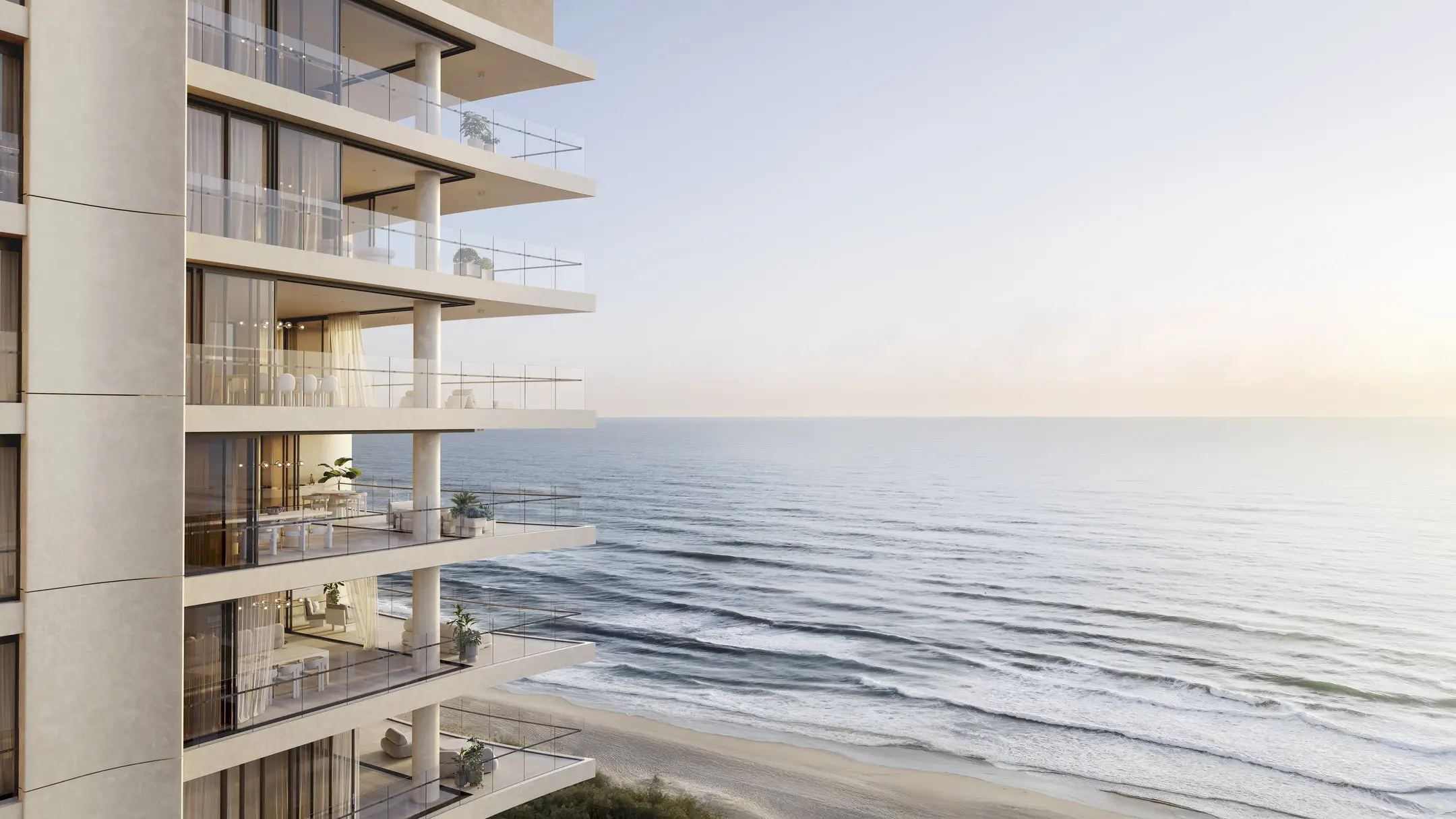
Recent research has highlighted stark disparities between Melbourne’s rapid apartment growth and lagging improvements in public transport services. A 19 year longitudinal study by RMIT's Centre for Urban Research revealed a nearly doubling of apartment numbers (an 88% increase) between 2004-2022, alongside a modest five percent increase within walking distance of these new dwellings.
RMIT Senior Research Fellow, Dr Chris De Gruyter, indicated that the sluggish expansion of public transport services emphasises the need for residential development to incorporate public transport in future urban planning strategies.
"Urban policy in the last few decades has shifted from suburban car-based development to encouraging more urban densification around public transport,” De Gruyter stated.
"We’re seeing all these new apartments being built along public transport routes but we’re not seeing services step up to match those new apartment developments,” he said.
The study also underscored variations between different areas in Melbourne. For instance, apartment housing along the 86 tram route proliferated by 102%, but the tram services merely increased by a fraction of a percent - 0.3%. Conversely, the City of Frankston experienced a 16% increase in apartment housing and amplified their train provisions by a considerable 58%.
Steve Pemberton, RMIT Research Assistant and lead researcher of the study, noted that these dire inconsistencies could help local governments better allocate resources according to their areas.
“There's no pattern to why some areas have more frequent services than others. But, it’s apparent that public transport services are not consistently matching the growth of apartment housing,” Pemberton explained.

In response to the 35% increase in larger-capacity public transport vehicles across Melbourne, primarily trains and trams, Pemberton expressed that such increases do not equate to improved services.
"From the perspective of passengers, they are still waiting long times between services," he said.
"They’re just crammed into a bigger vehicle with more people."
He emphasised that to draw people towards more populated housing, an uplift in public transport services in high-density areas is critical.
“If the objective is to encourage people to live in higher density housing, then an uplift of public transport services in areas where density is increasing should be part of what helps make people want to live there,” he stated.
This study paves the way for more comprehensive planning in urban development and signals the importance of aligning public transport provision with housing strategies for a more sustainable and liveable city.
For more news, off-the-plan apartments, and lifestyle, click here.


